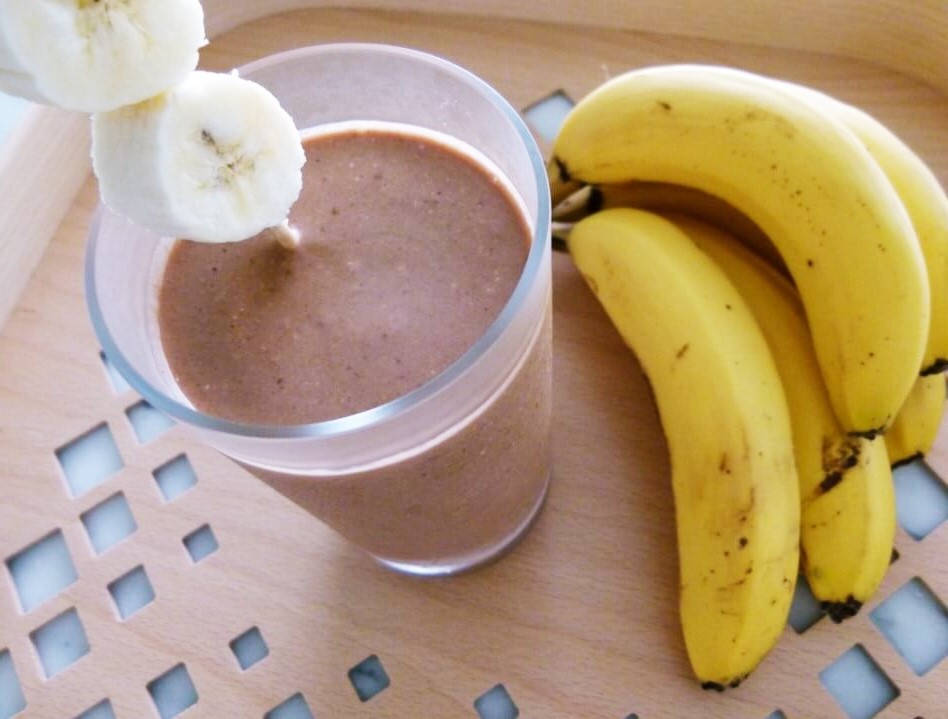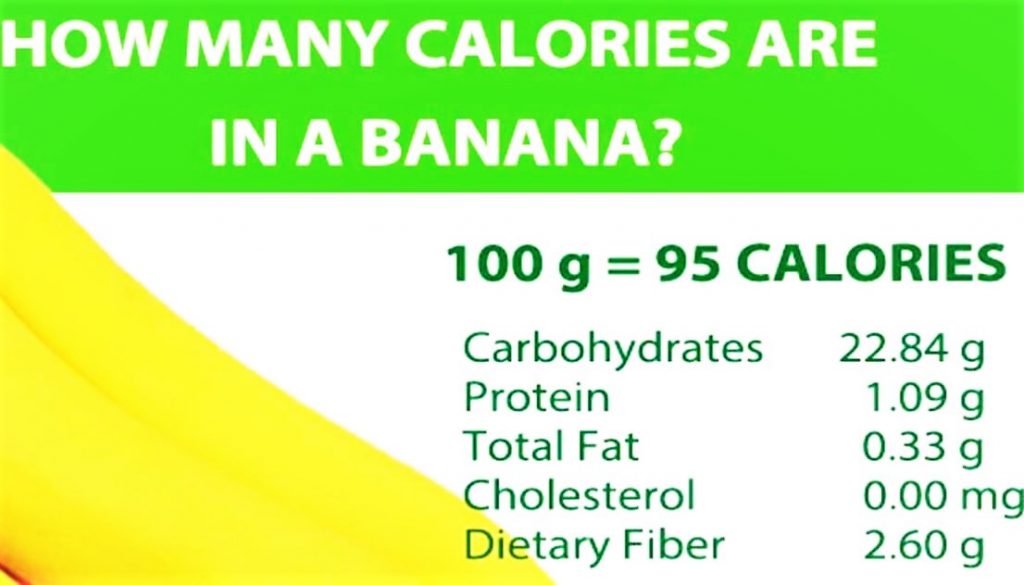how much sugar in a banana: The banana is a fruit rich in fiber, potassium, and carbohydrates, which only provides about 20 calories more than an apple. Learn about its nutritional properties, and delicious recipes to include it in your daily diet.
As the saying goes: “Gold seems …” And it seems so both outside and inside, because the nutritional benefits of banana are many, to the point that it is the second most-consumed fruit in our country, only surpassed by oranges, and being third, apples, according to the Report on Food Consumption in Spain 2017, published by the Ministry of Agriculture, Fisheries and Food.
Behind this popularity, there are a good handful of nutritional benefits, since “the nutritional properties of the banana distinguish it as one of the fresh fruits with the highest caloric content per 100 grams of net food. On the other hand, its composition stands out for its high contribution of carbohydrates and low in fat and protein, although the type of carbohydrate in banana it varies depending on the degree of maturity so that the greenest pieces have a higher proportion of starch, and the more mature ones of sucrose, fructose and glucose. Along with this, the banana presents variable amounts of indigestible tannins, inulin and fructooligosaccharides.

Banana benefits for health
The sum of all the nutritional properties of the banana makes it an ideal fruit for almost anyone thanks to the benefits it brings to health. “Being a source of potassium, the banana can be considered as a cardioprotective fruit, since this mineral contributes to maintaining normal blood pressure. And to that is added, in addition, that vitamin B6 together with vitamin C “contribute to the normal functioning of the immune system and help reduce tiredness and fatigue.
The fruits are high in fiber , in vitamins, antioxidants, water and fructose. However, some have a high glycemic index, which is the speed with which food is transformed into sugar in our body, which can cause weight gain or an increase in blood sugar levels. Do you know which ones they are?
Sugar in fruits
Fruits of subtropical and tropical origin are those that contain the most sugar. Take note of the most caloric:
- Banana : although it is rich in iron and potassium, it has about 13 g of sugar per 100 g.

- Grapes : they are an extraordinary source of resveratrol, which has anti-inflammatory and antioxidant action, and of vitamin C. However, it contains 16 g of sugar per 100 g.
- Figs : they have a lot of fiber and are rich in vitamins A and C, but they occupy the first positions of the fruits with the highest sugar index . They have 17 g of sugar for every 100 g.
- Mango : this fruit, with a laxative and protective effect on the immune system, also contains important levels of glucose, specifically 15 g per 100 g.
- Pineapple : although it is excellent for detoxifying the body, keep in mind that each serving has 10 g of sugar .
Fruit and diabetes

People with diabetes or a tendency to have slightly high blood sugar should moderate their consumption of fruits, according to Dr Folch, especially those that contain more amounts. The president of the 5 a day Association recommends these patients to take at least three servings of fruit a day and emphasizes that the most important thing is the context in which they take. They should be eaten in adequate amounts and, ideally, together with other foods, since the effect of sugar on the body, in this case, is very different. A message also addressed to those who are overweight or obese.
People with diabetes or those who tend to have high blood sugar levels should take at least three servings of fruit a day, ideally accompanied by other foods
What about fruit smoothies and juices?
Smoothies are very fashionable, but they can pose a risk, because when we crush the fruits we do not really perceive the amount that we put in our colorful combinations. In this way, many pieces can be included that are taken in one sip and that can add a lot of sugar at once.
The ideal way to not exceed the amount of sugar is to combine fruits with vegetables in juices, smoothies, shakes or smoothies. They have fewer carbohydrates (sugars) and create a cocktail of vitamins, minerals, trace elements, water, fiber, antioxidants…
The banana, cherimoya, papaya, pears, cherries, coconut and dried or dehydrated fruits also have enough sugar, so you need to do moderate consumption.
The key to obtaining all the benefits of the fruit is in the selection, in the quantity and in the quality of the same. To better metabolize its sugars or take advantage of its nutrients, try to consume it preferably in the middle of the morning or at noon; an hour before eating or two afterwards.
The important thing to remember: Too many calories from any source, including fruit, can lead to weight gain and other negative health effects. Although the USDA recommends that the average person consume two cups of fruit a day, it is best fresh or frozen. Beware of packaged or canned fruit (it’s dangerous!) And fruit juices, which contain high levels of sugar, even if the packaging says “light syrup” (a container of applesauce has only 100 calories, but 23 grams of sugar!).
how much sugar in a banana
[fcp-protein-intake-calculator]

